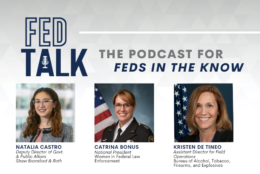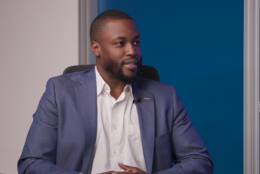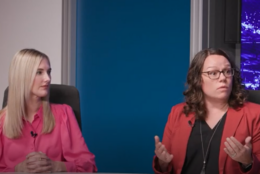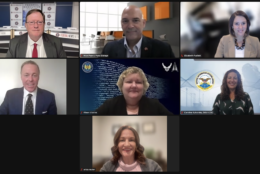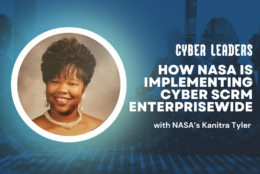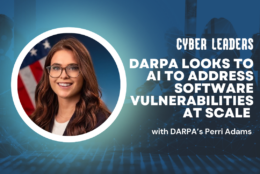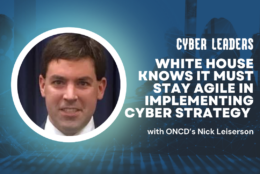SDFM The Business of Defense
-
Scott Straub, TransUnion’s senior director of market planning for public sector, discusses how federal agencies are refining their customer experience.
September 25, 2023 -
FEDtalk host Natalia Castro, Deputy Director of Government and Public Affairs at Shaw Bransford & Roth P.C., is joined by WIFLE President Catrina Bonus, who began leading WIFLE in February.
September 22, 2023 -
Join hosts Mark Masselli and Margaret Flinter as Lola Adedokun explains how local leaders are at the forefront of designing solutions that work for local populations.
September 21, 2023 -
Marshall Hamilton, an account executive at Tyler Technologies, said FOIA workforce shortages add to the time it takes for agencies to find, review and redact documents within the scope of a FOIA request.
September 21, 2023 -
For agencies, getting involved early and often in recruitment is key for the cybersecurity workforce.
September 20, 2023 -
The National Artificial Intelligence Institute is developing an approach to bring uniformity across the Veterans Health Administration and its various regions and medical centers.
September 19, 2023 -
A growing number of commercial HCM platforms, boasting FEDRAMP certifications, are now accessible to federal agencies. These platforms bring innovations that have been proven in the competitive private sector, offering promising tools to modernize HR operations in Federal.
September 19, 2023 -
New to civil service? We created this guide to provide insights and pointers to first-time feds. Be inspired by careerists and also get pointers to make the transition to your new job as smooth as possible. (Pssst: It includes health and life insurance cheat sheets too!)
September 19, 2023 -
Join Tom Temin and SAIC's Shawn Kingsberry as they explore how to enhance your IT modernization effort through zero trust strategies.
September 19, 2023 -
In the post-pandemic era, managing workforce dynamics have become critically important. Hiring managers should complement their workforce planning and employee satisfaction efforts with a data-driven approach to improve how they recruit and hire, Partners at Guidehouse, Ashley Mattison and Leigh Sheldon advised.
September 18, 2023 -
During this exclusive webinar, you will gain the unique perspective of the chief data officers from the Department of the Air Force, USCIS, DISA and industry leaders. Learn what it takes to ensure data analysis in government continues to evolve and how AI will impact strategies for the future.
September 18, 2023 -
With thousands of suppliers supporting operations globally, the space agency knew it needed to harmonize supply chain risk management across its 11 mission centers. Kanitra Tyler, who leads this work, gives us a peek behind the SCRM curtain at NASA.
September 15, 2023 -
The Defense Advanced Research Projects Agency has launched two programs — one a challenge offering $4 million to the top winner — aimed at evolving the use of AI to secure software. We get the details from DARPA’s Perri Adams.
September 15, 2023 -
The Office of the National Cyber Director this summer released a National Cyber Strategy Implementation Plan that includes 69 initiatives. But ONCD’s Nick Leiserson explains that the plan will not — really cannot — be static guidance.
September 15, 2023


